
A city trip to Stuttgart: an overview of the sights
Advertising: This article was created in cooperation with the German National Tourist Board and Stuttgart-Marketing GmbH
Astonishing! No matter from which of the many hills I look down on Stuttgart, the colour “green” dominates everywhere. A glance at the statistics confirms my perception – forests, vineyards, orchards, historic parks and the numerous hilltops that surround Stuttgart make up around a third of the area of the city. But Stuttgart is not only one of the greenest cities in Germany, but also one that has made the headlines here with its ambitious infrastructure and urban development projects. Where does Stuttgart stand today and what is it like to live between vineyards, contemporary architecture and the Neckar Valley?
Things to see and do in Stuttgart
We took three days and not only explored the sights in the city center of Stuttgart, but also took a day trip to the “3B-Land“, the wine region between the Neckar and Enz rivers. And from our city trip we brought you eleven good reasons why a detour to Stuttgart is worthwhile.
1. Because the capital of Baden-Württemberg is just around the corner
The first reason is obvious – at the beginning of the year, when I was working on my overview list of exciting city break destinations that are easy to reach by train, I realized with horror that I had criminally neglected one of the most obvious destinations. Or rather, Stuttgart has only ever served me to change trains. From Zurich, you can reach Stuttgart in less than three hours (2 hours 55 minutes or 2 hours 59 minutes, depending on the connection). And all this without ever changing trains.
2. Because Stuttgart surprises with a colourful mix
Do you also feel the same way that you connect many cities with a certain building? Paris with the Eiffel Tower, Berlin with the Brandenburg Gate and Vienna with the Hofburg. If someone were to ask me about the building that comes to mind when I think of Stuttgart, I would have spontaneously replied “the city library at Mailänder Platz”. The design by yi architects – as part of the Stuttgart 21 project – quickly became a popular photo spot. Much more formative for the cityscape, however, is the television tower, which went down in history in 1956 as the first in Germany.
In fact, Stuttgart is a real treasure trove for architecture fans – and even if you deliberately leave out the city library, there are plenty of interesting buildings from different eras to discover within walking distance of the main train station. A nice cross-section is offered, among other things, by a walk from the upper palace garden, past the State Opera, the State Parliament and the New Palace as well as the Württemberg State Library, which is currently being completed as a striking exposed concrete building, on to the Dorotheen Quartier with its three futuristic building blocks.


Just around the corner, there is the Stuttgart Market Hall, as well as the Schillerplatz, which is framed by the collegiate church and the Old Castle. Our first short tour takes us further across Schlossplatz to the Kunstmuseum – the striking glass cube offers a beautiful overview of the largest square in the centre of Stuttgart.


3. Because the nearest viewpoint is never far away
The view from the Kunstmuseum is the prelude to a whole series of Stuttgart viewpoints that we explored in these three days. The cauldron location of the city centre has two advantages – on the one hand, the centre of Stuttgart looks surprisingly compact and clear. On the other hand, almost everywhere a path leads to a beautiful viewpoint in the hill.
Such a panoramic view is offered, for example, by the Killesberg high-altitude park in the north of the city. 174 gently swinging steps lead to the highest point of the park – since its inauguration in 2001, the Killesberg Tower has become the park’s landmark. The park and tower are freely accessible during the day. For the ascent of the tower, a small collection is required, which is used for maintenance.




Less airy, but closer to the centre is Eugensplatz. This can be reached from the Staatsoper via the “Stäffele” staircases typical of Stuttgart. Due to the beautiful scenery with the water cascade of the Galatea Fountain, the Eugenstaffel is one of the most beautiful in the city. It’s best to get a sinfully sweet ice cream in the ice cream bistro Pinguin directly opposite Eugensplatz and then make yourself comfortable under the shady canopy of leaves.



A similarly small and somewhat hidden vantage point is located not far from the “Haigst” stop of the Zacke – as Stuttgart’s more than 100-year-old rack railway is affectionately called. Santiago de Chile Square is one of those places where you could easily retreat for an afternoon with a book.
And then there are the Karlshöhe and the Weissenburgpark on the southern edge of the city centre, two great viewing hills with beer gardens. Whether with a sweet ice cream, a cool shandy, a tasty neighbourhood or simply “being” – each vantage point offers a different perspective on Stuttgart.

4. Because there is an important architectural monument to visit
If you want to fully enjoy the special topography of Stuttgart and at the same time be guided purposefully to exciting sights along the way, you are in good hands on the “Panorama Trails“. These city tours can be found around the city basin and are suitable for all those who like to explore a city on foot. During our detour to the Killesberg in the north of the city, we orientate ourselves on the Panoramaweg Nord and let ourselves be guided by it through the park to the neighboring Weissenhof settlement.
The Weissenhof Estate is considered a milestone of modern architecture and is classified as a UNESCO World Heritage Site. It was created in 1927 under the direction of Ludwig Mies van der Rohe, who summoned 17 representatives of the modern movement in the course of the Werkbund exhibition “The Apartment” to jointly design a contemporary housing estate. From today’s perspective, the work is impressive in that it still seems thoroughly “modern” almost 100 years later. Only the parking garages were obviously not given the same importance at that time, which means that the public space between the buildings is primarily used as a parking space for private vehicles.
The most famous building in the estate is le Corbusier’s “Living Machine”. Since 2006, it has housed the Weissenhof Museum, which portrays the history of the Weissenhof estate on the one hand and shows the state of 1927 in parts of the building – including sophisticated, functional furniture and room concepts.


5. Because Sundays feel particularly relaxed around the Heusteigviertel
When strolling through the southeastern part of Stuttgart-Mitte, you could easily forget that you are in the middle of Germany’s sixth largest city. Cobblestone alleys, lively inner courtyards and numerous secluded squares with outdoor seating exude an almost village flair. Although it is not easy for first-time visitors like us to keep track of everything – Bohnenviertel, Leonhardsviertel, Heusteigviertel – the individual quarters flow smoothly into each other and yet are each unique in its own right. In the Heusteigviertel, which lies in an inclined position between the centre and Bopser, the oldest traces of settlement in Stuttgart can be found. Today, it is considered a special gem due to its interconnected building ensembles from the Wilhelminian period and Art Nouveau.

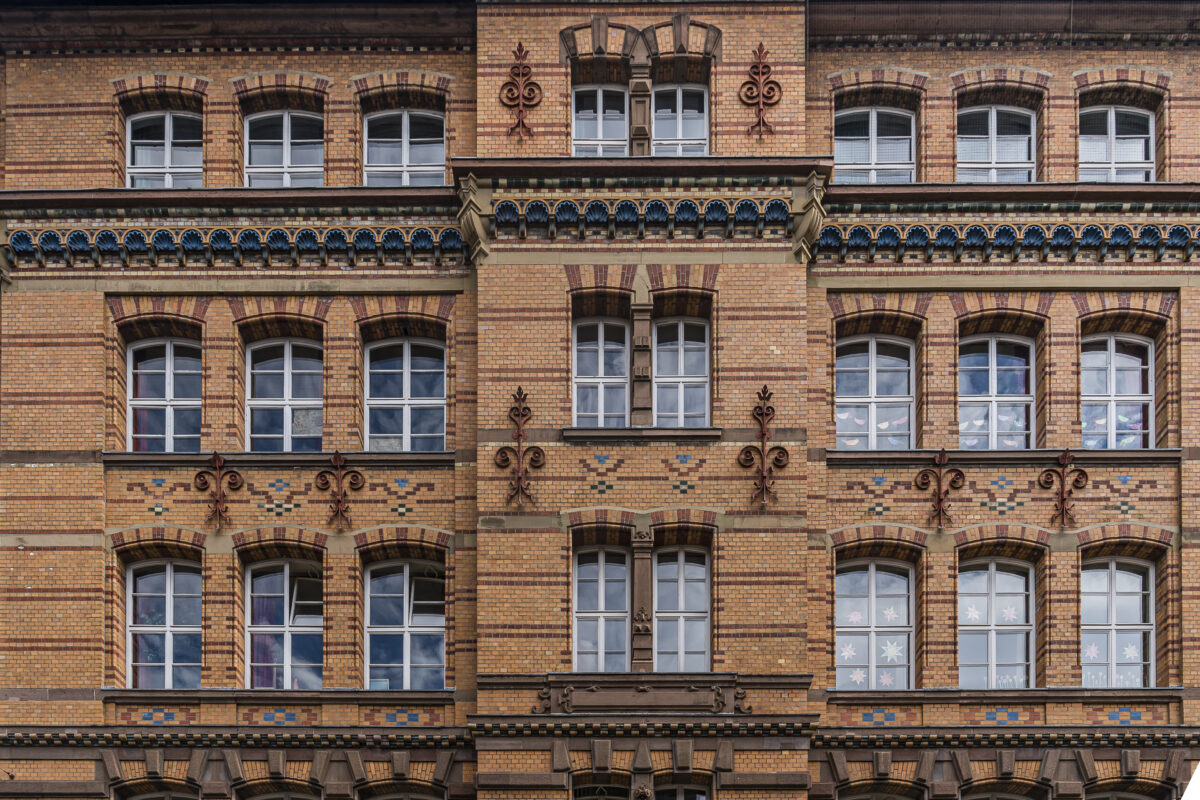

There is also a particularly high density of cafés here. Herbert’z Espressobar in the Heusteigviertel has almost cult status – the coffee there is really good. However, you don’t need to do a lot of research to find a particularly great coffee place – you’re sure to discover a nice spot during a leisurely stroll between Olgastrasse and Hauptstätter Strasse. The recently opened Jung & Sexy didn’t appeal to us primarily because of the name, but rather because of the airy and inviting interior. The choice of places to stop for refreshments is so large that you can easily spend a whole day in this area and “work your way through” from café to café.


6. Because wine hiking trails invite you to enjoy extensive leisurely hikes
Stuttgart is criss-crossed not only by panoramic trails, but also by wine hiking trails. Eight signposted routes lead through the beautiful vineyards and offer beautiful views as well as exciting insights. For our detour to the east of the city, we were inspired by the route of the wine hiking trail Obertürkheim – Uhlbach – Rotenberg – Untertürkheim, but shortened the altitude difference by bus and started directly with a short ascent from Rotenberg to the grave chapel on the Württemberg.
The funerary chapel, idyllically surrounded by vineyards, was built by King Wilhelm I as a token of love for his wife Katharina, who died young. The view from up here to the vineyards of Stuttgart is simply phenomenal and yes, we are actually still in the middle of the city. It is also worth taking a look inside the chapel. The fact that the royal court architect Giovanni Battista Salucci used classical Roman buildings as a model for his design is exemplified by a glance towards the ceiling – this is designed to be as imposing as the one in the Pantheon in Rome.


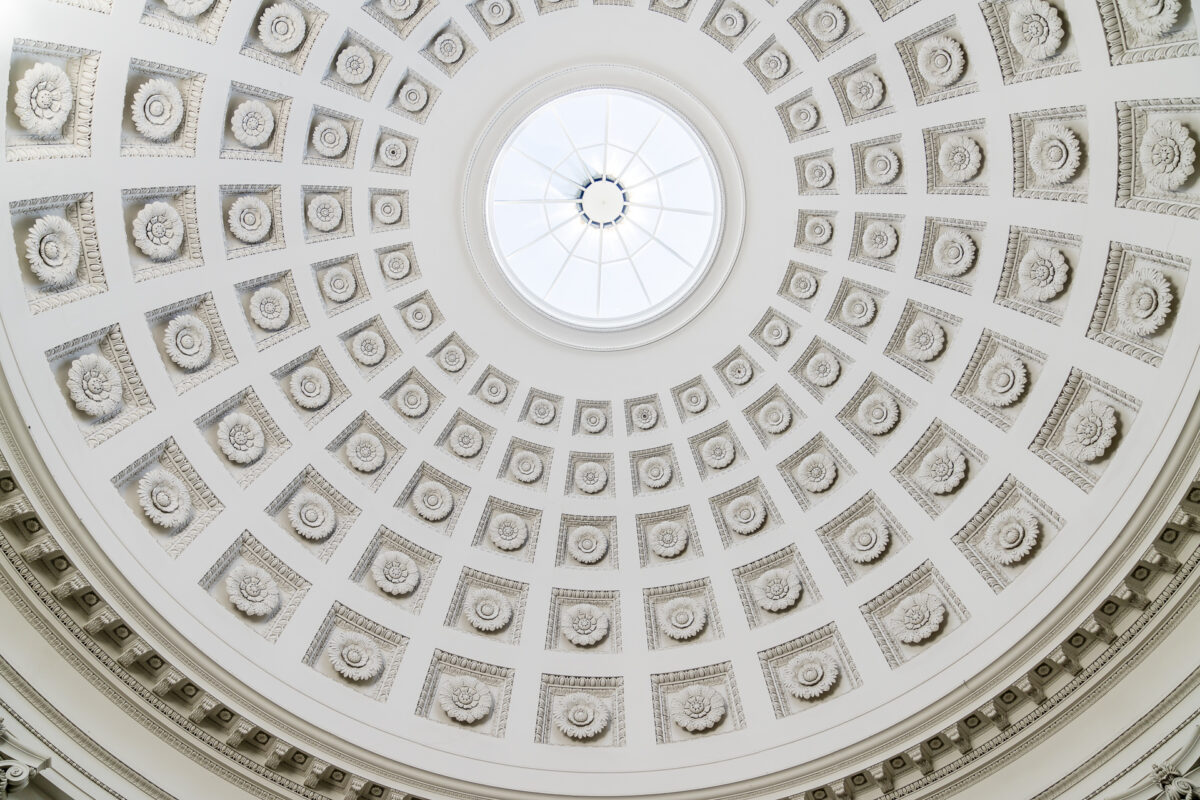
From the grave chapel, a tarred road leads through the vineyards down to the rural district of Uhlbach. This is where the Stuttgart Wine Museum is located, which is fittingly integrated into the historic wine press building in the middle of the town centre. The museum provides a comprehensive insight into Stuttgart’s wine-growing culture, and in the adjoining modern vinotheque, you can taste tasty wines from local winegrowers by the glass. If you feel hungry afterwards, you will be well supplied with typical Swabian food in the Löwen wine bar right next to the museum.

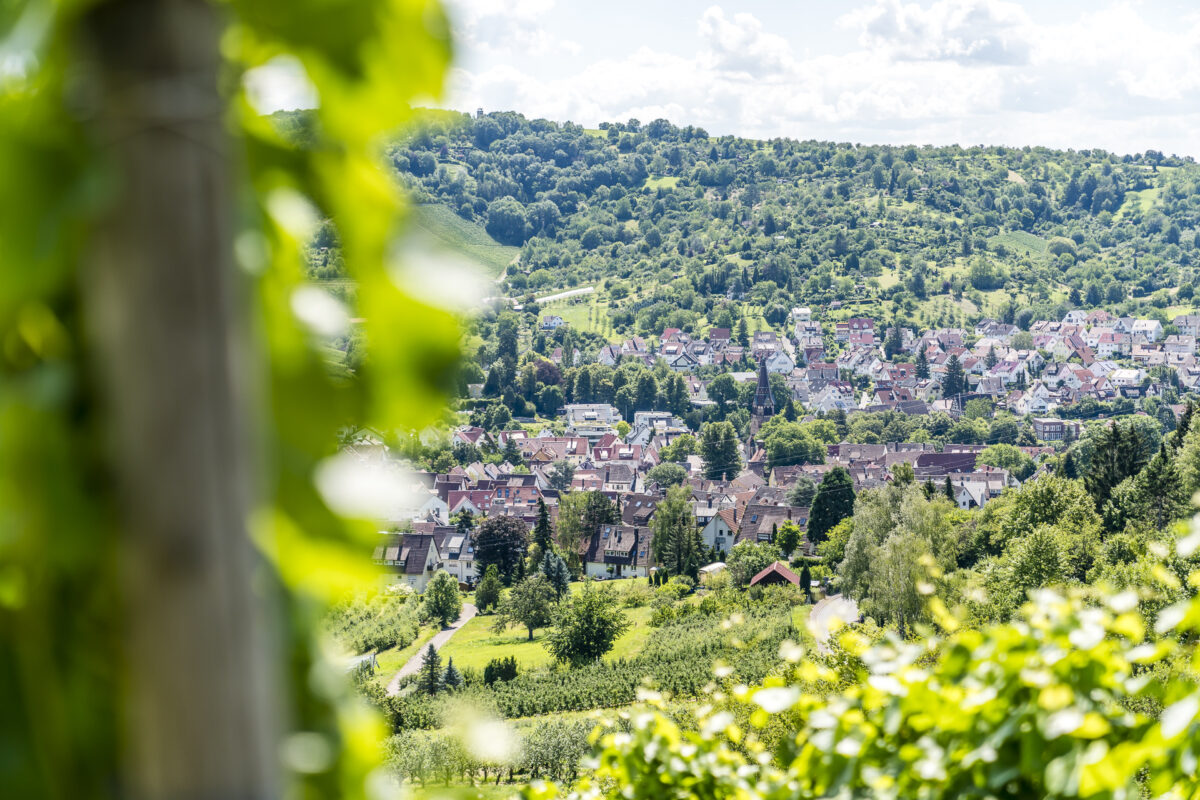

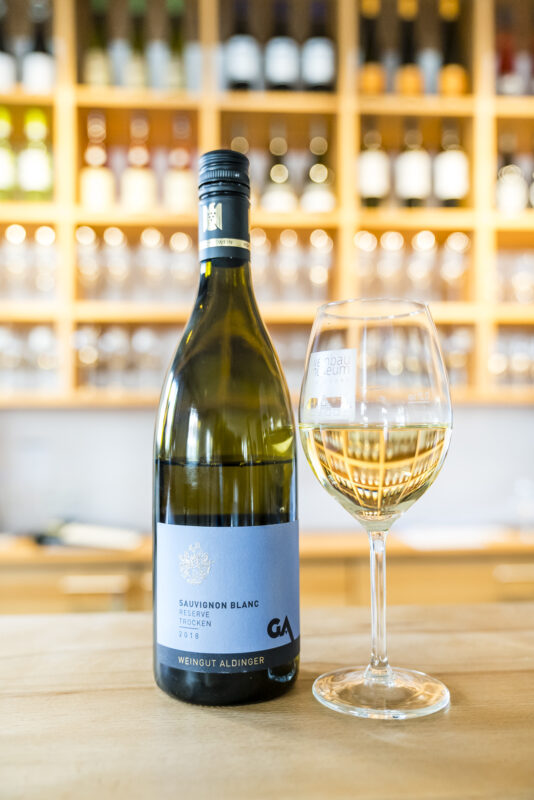

7. Because the water world around Stuttgart can also be explored by paddling
As already written in the introduction, it is obvious that a detour to Stuttgart should also take one or the other excursion to the surrounding area. One of the most popular excursion destinations is Ludwigsburg, just under 10 minutes north of Stuttgart by train, with its Royal Palace. However, we save this for a next time and instead stay on the train for another 10 minutes until we reach Bietigheim-Bissingen. This is the base of the local canoe rental “Die Zugvögel” and is therefore a great starting point for paddling to explore the water world of the Stuttgart region.
An idyllic beginner’s tour of about 3 hours leads along the natural Enz from Bietigheim to Oberriexingen (or alternatively downstream in the opposite direction). A great half-day trip for warm summer days – which, thanks to the almost continuously densely green shores, almost provides an Amazon feeling.

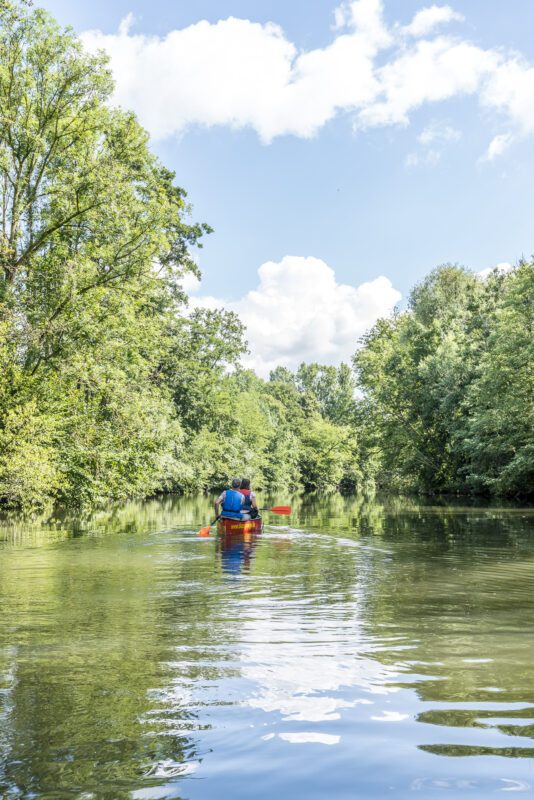

8. Because there are some exciting small towns to discover around Stuttgart
For us, the paddling tour on the Enz is the start of a day trip through the 3B country, which includes the region around the three small towns of Bietigheim-Bissingen, Besigheim and Bönnigheim. Each of these three places has its own peculiarities. In Bietigheim-Bissingen, you can visit beautiful half-timbered buildings in the historic town centre – but at the same time, the city also surprises with contemporary and provocative works of art in public space. Take an hour or two and let yourself drift through the town by your nose. You will certainly also discover the charming Hexenwegle, which with its bridges served as a secure link to the residential buildings in the suburbs. The city museum in the imposing Hornmoldhaus is also worth a stop. Every Wednesday and Saturday, the weekly market takes place in the old town of Bietigheim-Bissingen – the ideal opportunity to try your way through the local specialties.
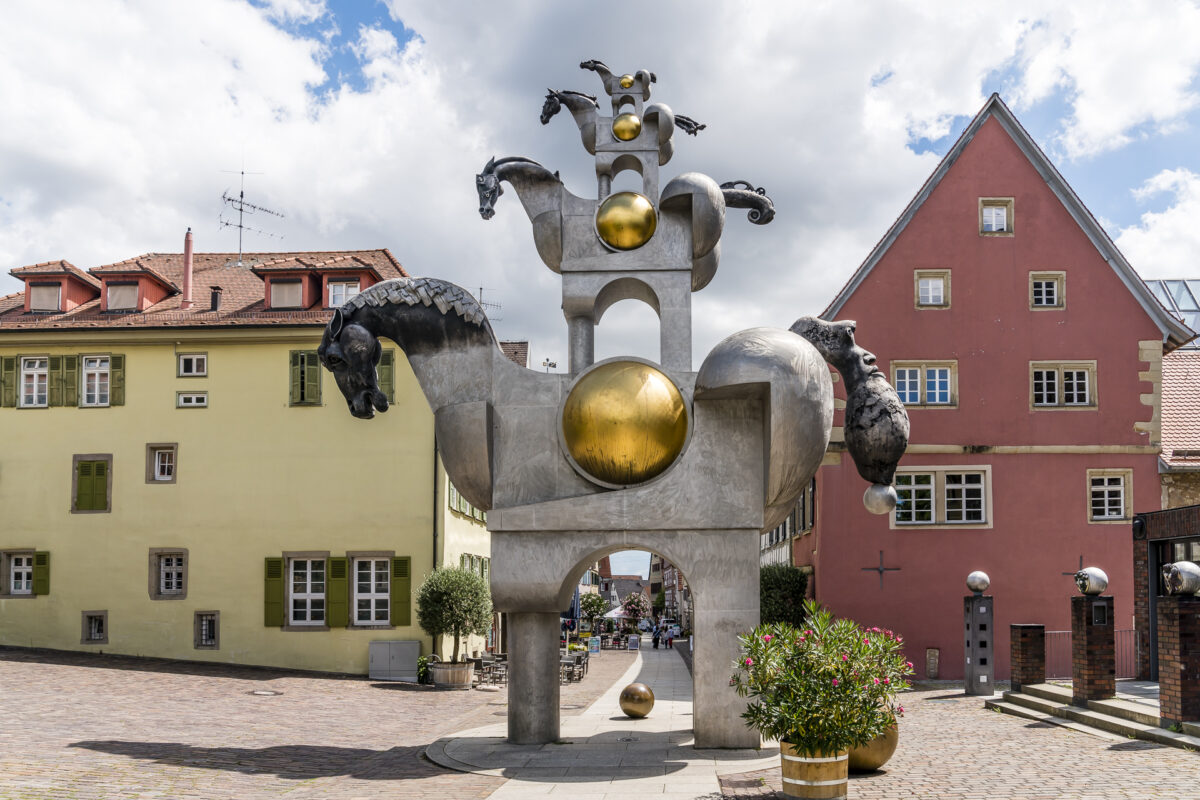



Just as spruced up as Bietigheim-Bissingen, Besigheim presents itself a few kilometres downstream at the mouth of the Enz/Neckar. Besigheim is considered one of the most beautiful wine villages in Germany. And I can confirm – it’s really very pretty! Here it is worth the short steep ascent to the “most beautiful wine view”, which lies north of Besigheim above the vineyards and offers a magnificent panoramic view.



9. Because one of the most beautiful stages of the Neckar Valley Cycle Path leads through the region
But what is the best way to get from Bietigheim-Bissingen to Besigheim? Either you paddle further downstream or you do the same and change the means of transport for the second half of the day. If my arms were challenged in the morning, now my legs are in demand. There is an e-bike rental station right next to the Bietgheim-Bissingen train station, where bicycles can be easily rented. We then embark on an entertaining round trip, which leads us towards Ingersheim and from there along the 5th stage of the Neckertal cycle path via Mundelsheim to Besigheim. A super scenic route – but I think the pictures speak for themselves anyway, don’t they?


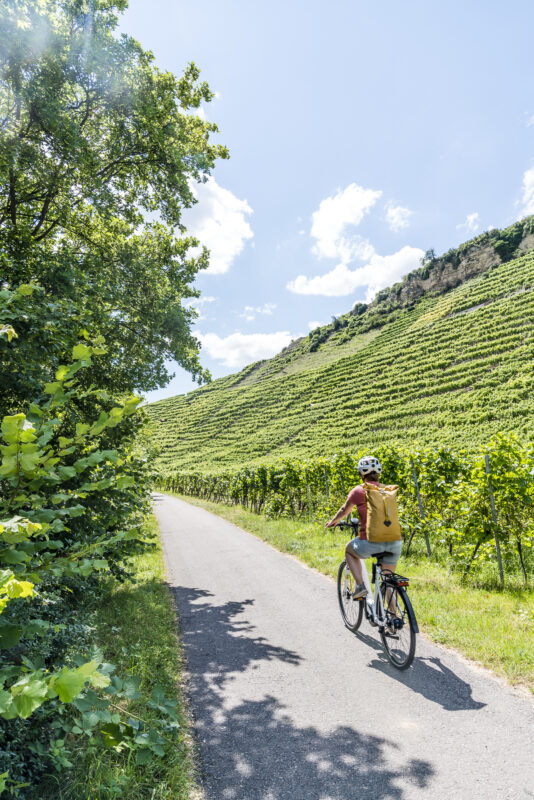
10. Because the dumplings taste particularly delicious here
Of course, a trip to the Stuttgart region should not neglect culinary delights. One of the long-established establishments that have dedicated themselves body and soul to Swabian cuisine is the Gasthaus zur Linde in Stuttgart-Möhringen. The two hosts, Ferdinand and Maximilian Trautwein, both worked in Michelin-starred kitchens. This experience, coupled with excellent products from regional suppliers and traditional methods of preparation, has earned the Linde a Bib Gourmand – this is how the Michelin Guide awards addresses that impress with an excellent price-performance offer.
However, we are not only convinced by the fair price, but also by the cleverly prepared Maultaschen, which are served seasonally with fresh chanterelles. So good! And definitely one of the good reasons for a city trip to Stuttgart. Of course, the rest of the menu and the wine selection are also convincing.


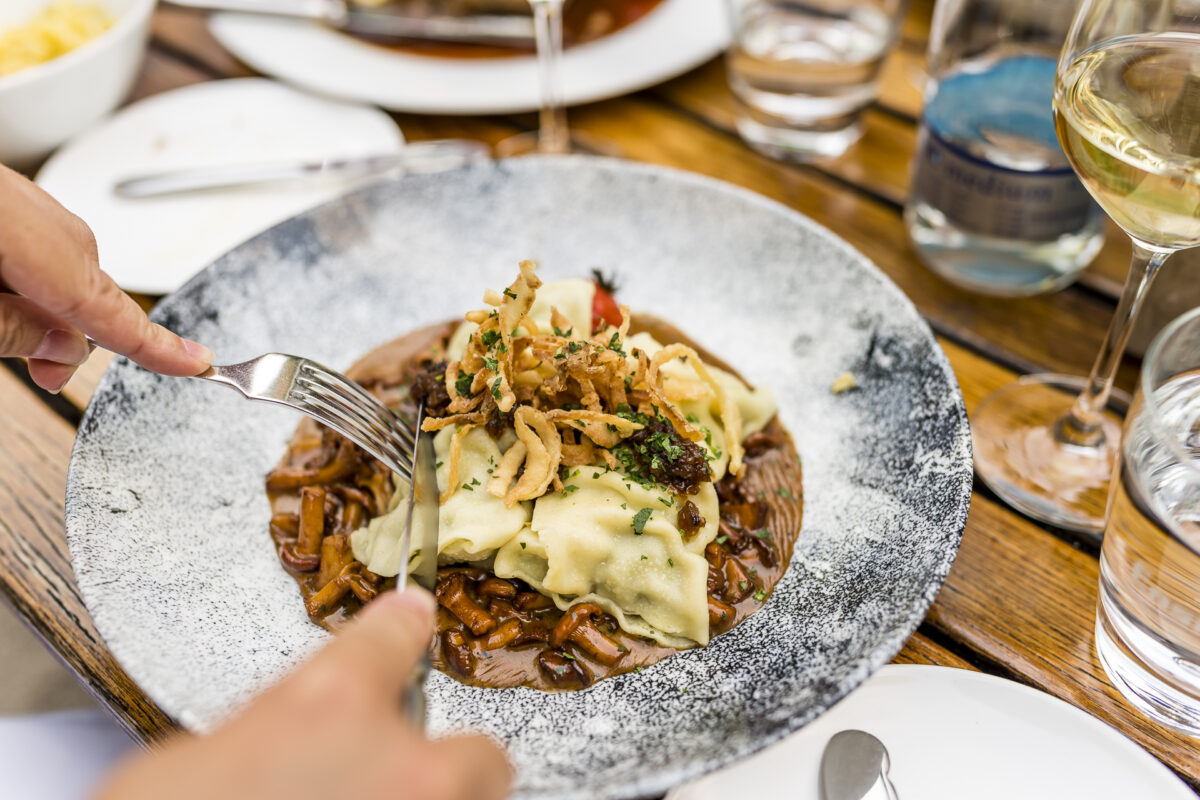
11. Because you sleep in the middle of Stuttgart in the countryside
We slept in Stuttgart close to the center and yet in the middle of the countryside. Namely at the Waldhotel Stuttgart, which is located not far from the Waldau underground station and within walking distance of the TV tower. The TV tower was closed during our stay. So unfortunately we could not take advantage of this good starting position for a sunset photo. Nevertheless, if you value a high standard, a quiet location, good transport connections and a secluded garden, you are in good hands here. The cost of a standard double room starts at 140 euros per night.
Note: from next Saturday, August 1st, the TV Tower will be open again as usual. Up-to-date information on opening hours can be found here: Stuttgart TV Tower

Extratipp: StuttCard
The StuttCard is available in two versions – with the basic card you can enjoy free admission to all museums, various leisure facilities as well as to the mineral baths of the city of Stuttgart. In addition, there are discounts on the Stuttgart City Tour and discounts at other partner companies. The PLUS version includes free use of local public transport in the entire Stuttgart region (i.e. also for journeys to the 3B country). We used the PLUS version for 72 hours during our stay (cost 47 euros).
Stuttgart sights at a glance
In the following map you will find all the tips, sights, viewpoints, cafes and restaurants mentioned in this article.
And if you feel like taking a detour to the Stuttgart region after these picturesque, you will also find more suggestions for excursions around Stuttgart on my blog. Last year we were a little further north in the Hohenlohe and brought back tips for a great weekend of enjoyment.


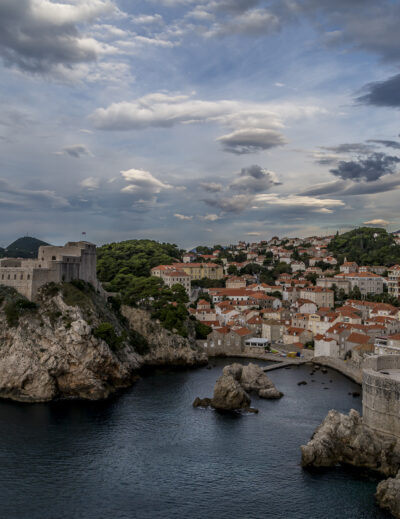


Leave a Reply